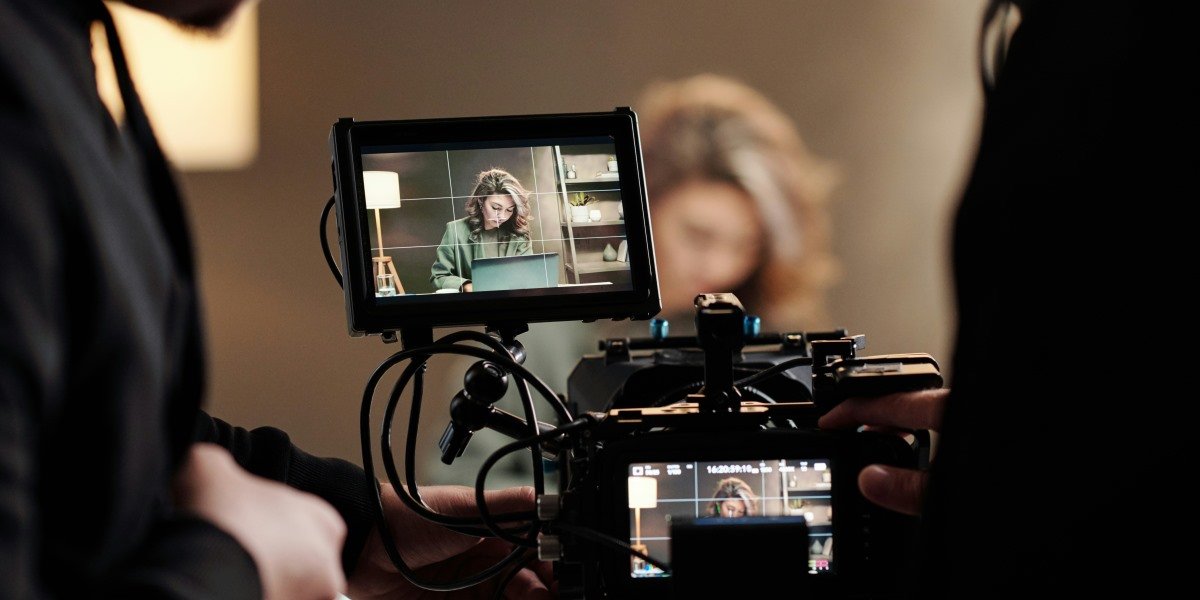The modeling industry is a global, multi-billion-dollar sector that plays a critical role in fashion, advertising, and media. The industry has experienced significant growth and diversification over the years, with various branches focusing on different forms of visual representation, from high-fashion catwalks to commercial advertising. This article provides an overview of the modeling industry, the different types of modeling, key players, and how technology and social media have shaped modern modeling practices.
Read also: The Evolution of Silhouettes: How Fashion Shapes and Reflects Identity
Overview of the Modeling Industry
The modeling industry serves as the backbone of the fashion world, offering a platform for designers, photographers, and brands to showcase their work. Models serve as the visual representation of clothing, products, or services, helping to sell ideas and influence trends. Though it initially began as a niche industry associated with high fashion, it has evolved into a diverse and highly dynamic sector, encompassing a variety of specializations and career paths.
Models typically work with modeling agencies, which represent them and help them secure job opportunities. Over time, the role of a model has expanded beyond fashion to include acting, fitness, and even lifestyle marketing. Modeling also plays an integral role in digital media, as it adapts to online platforms and the growing demand for influencer marketing. With this growth, the industry has become more inclusive, welcoming models of different backgrounds, body types, and identities.
Different Types of Modeling (Fashion, Commercial, Runway, etc.)
The modeling industry can be broadly divided into several categories, each requiring different skills, appearances, and professional approaches. The following are some of the most common types of modeling:
Fashion Modeling
Fashion models primarily work in the fashion industry, presenting clothing, accessories, and other products for designers and brands. These models are often seen in magazines, advertisements, and runway shows. Fashion models are typically chosen for their height, physique, and ability to showcase a variety of styles. Within fashion modeling, there are subcategories such as high fashion, editorial, and couture modeling.
Commercial Modeling
Commercial models are often more accessible in appearance compared to high-fashion models, and they typically represent products in mainstream advertising, such as television commercials, print ads, and online promotions. They often work with brands in industries such as beauty, food, and lifestyle, and their jobs may include modeling for magazines, billboards, and catalogs.
Runway Modeling
Runway models are specifically hired to showcase fashion collections at fashion shows. These models are known for their height and ability to walk the runway with grace. Runway shows are a significant part of the fashion industry, especially during major events such as New York Fashion Week or Paris Fashion Week, where designers present their seasonal collections.
Fitness Modeling
Fitness models typically work in industries related to health, wellness, and fitness. These models are often featured in advertisements for workout gear, athletic apparel, and nutrition products. Fitness modeling requires a high level of physical fitness, and models in this category are typically photographed in active poses or while engaged in physical activities.
Parts Modeling
Parts models specialize in showcasing specific body parts such as hands, feet, or legs. These models are commonly featured in advertisements for products like jewelry, shoes, or cosmetics, where the emphasis is on showcasing the beauty and details of specific body parts rather than the model’s entire physique.
Key Players: Agencies, Models, Photographers, and Clients
The modeling industry is comprised of several key players who work together to create compelling visual campaigns. These include:
Agencies: Modeling agencies represent models and help them find job opportunities. They negotiate contracts, manage relationships with clients, and ensure that models are presented professionally. Some of the most prominent modeling agencies include Elite, IMG, and Ford Models.
Models: Models are the face of the industry. They work with agencies to secure work and collaborate with photographers and designers to create compelling visual content. Models may work across various sectors of the industry, from fashion to commercial modeling, and their careers can span years or decades depending on their success and adaptability.
Photographers: Photographers are responsible for capturing images that showcase the products or themes being promoted. In fashion and commercial modeling, photographers play a significant role in shaping how a model’s image will be perceived in advertisements, magazines, and other media.
Clients: Clients are the brands, designers, and companies that hire models to represent their products. These can range from high-fashion designers seeking models for runway shows to corporations seeking models for ads promoting everyday products.
How the Modeling Industry Has Evolved Over Time
Over the years, the modeling industry has undergone significant changes. What started as a niche sector for elite, high-fashion models has transformed into a broader, more inclusive industry. Historically, the modeling world was largely exclusive, with a narrow definition of beauty and body type. Today, however, there is greater acceptance of diverse body types, ethnic backgrounds, and gender identities within the industry. Additionally, advancements in digital media have allowed models to gain influence through platforms like Instagram, where the term “influencer” has emerged, blending modeling with online content creation.
In the past, a model’s career was often tied to working with agencies and attending high-profile shows. However, with the rise of social media, models now have the ability to build their brands independently and engage directly with their audiences. This democratization of modeling has enabled new career opportunities and opened the door for non-traditional models to thrive in the industry.
The Role of Technology and Social Media in Modern Modeling
In the digital age, technology and social media have radically transformed the modeling industry. Platforms such as Instagram, TikTok, and YouTube have allowed models to build personal brands, connect directly with their audiences, and even secure work without the need for traditional agency representation. Social media has provided a platform for models to showcase their portfolios, engage with fans, and influence trends.
Technology has also revolutionized how models are booked for jobs. Virtual fashion shows, online casting calls, and digital portfolios are now common tools used in the industry. Additionally, 3D modeling and virtual models are becoming more prevalent in digital advertising, further pushing the boundaries of how models are represented in the modern market.
The modeling industry has evolved into a multifaceted sector that encompasses a wide range of modeling types, from high-fashion runway models to fitness and parts models. The key players in the industry—models, agencies, photographers, and clients—work together to create compelling campaigns that shape the visual landscape of fashion and advertising. With the rise of technology and social media, models now have more opportunities to build their personal brands and navigate the industry on their own terms. As the industry continues to evolve, inclusivity, diversity, and digital innovation will play a significant role in defining the future of modeling.
Read also: The Fabric of Time: How Fashion Evolved Across Civilizations and Centuries










